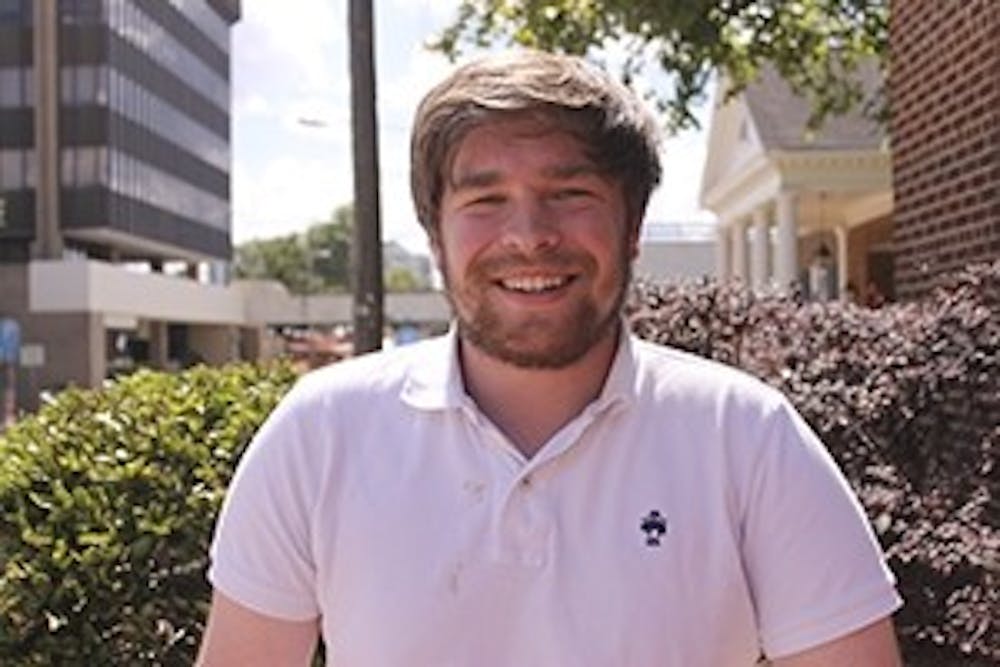When I was an intern at The Charlotte Observer, an editor told me about a time he couldn’t sleep because they were publishing a big investigation. He said he went back to the office and watched the papers get printed.
I’ve spent many nights sitting in my living room, unable to sleep because of my worries about a story we published. The anxiety over what we publish is something I’ve never experienced in my other journalism jobs, but it has given me some new perspectives on news values.
In your first days in a journalism class you learn about news values — the metric that determines which stories deserve prominent placement. In theory, deciding which stories are the most newsy sounds easy.
It’s easy in a class setting, but when you know your decision will be seen by thousands the next day, it gets complicated.
Recently I explained why I didn’t put a story on the front page to an editor. I said that the particular story had some complications, and I was unsure about how the story’s headline would be received on front (given that most people read the headline but not the story).
My answer was sincere, but it was riddled with inconsistencies. I would have put a similar story on front if some small details were different, and I felt bad that my answer wasn’t a universal truth.
At first I thought about further clarifying my position, but then I paused and remembered the story my old editor told me — making ethical decisions in journalism shouldn’t be easy. To do it best, it requires sensitivity to the subject of the story, understanding your audience and asking yourself “can I live with this decision come tomorrow morning.”
In some ways, the constant stress of getting it wrong and burying an important story makes the paper and my performance at it better. Every time I lay out the paper I am more cautious because even one mistake can hurt the paper’s credibility and allow an important subject to go unnoticed.




